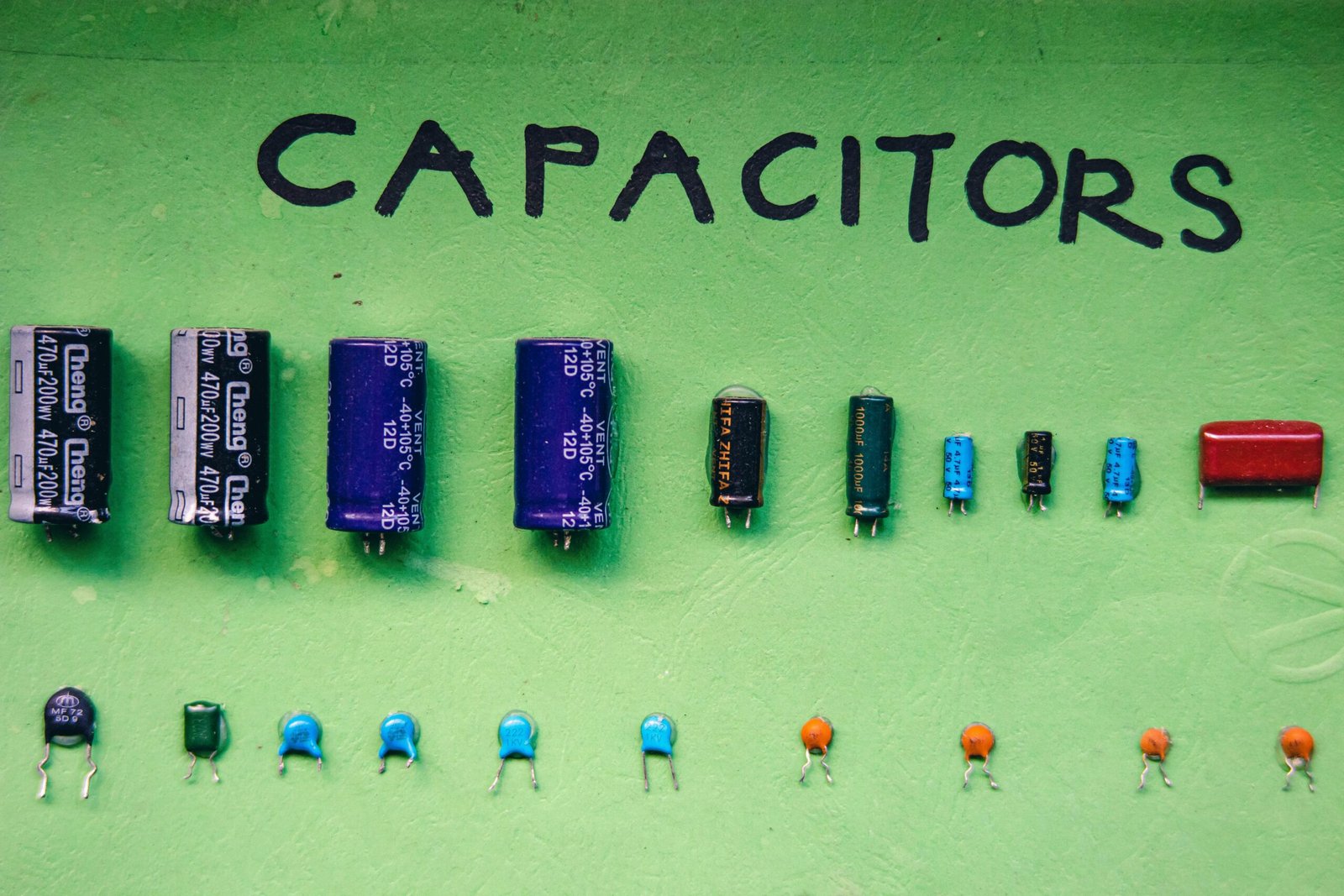56. Understanding Electrical Codes and Standards

Introduction to Electrical Codes and Standards
Importance of Electrical Codes
Understanding the importance of electrical codes is crucial for both safety and functionality in any electrical system. These codes are essentially the rules that govern how electrical installations are made. Imagine if every electrician followed their own intuition—this could lead to unsafe practices and significant hazards.
- Safety First: Codes prevent electrical accidents, ensuring that installations are done correctly.
- Consistency: They provide a uniform approach to electrical work, facilitating inspections and compliance.
- Legal Protection: Following the codes can protect homeowners and contractors from liability issues.
Overview of Electrical Standards
Electrical standards are the benchmarks against which all electrical systems are evaluated. These guidelines help ensure compatibility and safety across devices and installations. Think of these standards as universal instructions that everyone—from manufacturers to technicians—must follow.
- Comprehensive Coverage: They encompass everything from wire types to installation methods.
- Global Reach: Standards are developed by various organizations, like the National Electrical Code (NEC) in the U.S. and the International Electrotechnical Commission (IEC) internationally.
- Regular Updates: As technology evolves, so too do these standards, ensuring continued relevance and safety.
In essence, electrical codes and standards are fundamental to safe and effective electrical practices, benefiting everyone involved.

History of Electrical Codes
Development of Modern Electrical Codes
The journey of modern electrical codes is an evolving story, driven by the need for safety as electricity became a staple in every household. In the early days, electrical installations were often rudimentary, lacking standardized practices. Over time, tragic accidents highlighted the necessity for a cohesive set of regulations.
- The First Code: The National Electrical Code (NEC), first published in 1897, marked a significant turning point.
- Continuous Evolution: Subsequent revisions have incorporated advancements in technology and electrical systems, adapting to new challenges and innovations.
Key Milestones in Electrical Standards
Throughout history, several milestones have significantly shaped electrical standards. Each represents a response to the evolving landscape of electrical engineering.
- 1903: The adoption of the first NEC nationwide set the groundwork for electrical safety.
- 1960s-1980s: The rise of consumer electronics necessitated updates to address new safety concerns.
- Recent Changes: With renewable energy sources and smart home technology emerging, standards have again adapted to accommodate these trends.
These milestones reflect our ongoing commitment to improving safety and efficiency, ensuring that electrical systems remain reliable and secure for everyone.

Types of Electrical Codes
National Electrical Code (NEC)
When discussing electrical codes, the National Electrical Code (NEC) is often front and center, especially in the United States. Established to ensure the safe installation of electrical wiring and equipment, the NEC serves as a benchmark for electrical safety.
- Wide Adoption: It is widely adopted by states and municipalities, forming the backbone of local electrical regulations.
- Revisions: Updated every three years, it integrates new technologies and materials to address current needs.
- Comprehensive Guidelines: Covers everything from grounding systems to overcurrent protection, ensuring a broad spectrum of safety measures.
International Electrotechnical Commission (IEC) Standards
Contrasting with the NEC, the International Electrotechnical Commission (IEC) sets standards on a global scale. These standards aim to harmonize electrical regulations internationally, facilitating safer electrical practices worldwide.
- Global Focus: Countries utilize IEC standards to ensure compatibility and safety in international trade.
- Innovative Practices: Covers new technologies, such as renewable energy systems and smart grid implementations.
- Comprehensive Coverage: Emphasizes environmental sustainability alongside safety, making electrical practices more efficient.
Together, the NEC and IEC form essential frameworks that not only enhance safety but also promote innovation in electrical engineering.

Compliance with Electrical Codes
Ensuring Electrical Safety
Compliance with electrical codes isn't just a regulatory necessity—it's a vital aspect of maintaining safety in any electrical installation. By adhering to these guidelines, electricians and contractors help to ensure that systems are both functional and secure.
- Professional Training: Electricians are trained on the latest codes, which is crucial for safe installations.
- Inspections: Regular inspections can catch potential issues before they become serious hazards.
- Public Awareness: Educating homeowners about the importance of code compliance can lead to safer living environments.
Common Violations and Penalties
Despite the importance of compliance, violations can and do occur. Understanding common infractions can help to avoid potential pitfalls.
- Improper Wiring: Incorrect connections or inadequate grounding are frequent violations that can lead to severe safety risks.
- Inadequate Circuit Protection: Failing to install the appropriate circuit breakers can endanger entire electrical systems.
- Penalties: Consequences for such violations can range from fines to mandatory corrective actions, and in severe cases, legal liabilities.
Fostering a culture of compliance not only safeguards lives but also enhances the reliability of electrical systems in homes and businesses.

Updates and Revisions in Electrical Standards
Recent Changes in Electrical Codes
As technology continues to evolve at a rapid pace, so too must electrical codes adapt to these changes. Recent revisions in standards reflect the need for enhanced safety and efficiency.
- Smart Home Technology: New guidelines address the integration of smart devices, ensuring they are safe and efficient.
- Renewable Energy: Code updates now include provisions for solar panels and wind energy systems, promoting sustainable practices.
- Enhanced Safety Protocols: Advancements in materials—like fire-resistant cables—are now commonly included in the latest editions of codes.
Impact of Technological Advancements on Standards
Technological advancements are not just influencing updates; they are fundamentally reshaping the landscape of electrical standards.
- Increased Demand for Safety: Higher energy loads from modern appliances necessitate stricter safety measures.
- Remote Monitoring: The rise of remote technologies requires safeguards to prevent hacking and cyber threats.
- Innovative Solutions: Balancing energy efficiency with safety has led to creative solutions, such as advanced circuit breakers equipped with smart technology.
These continuous updates guarantee that electrical standards remain relevant, ensuring safety and efficiency in an ever-changing landscape of innovation.

